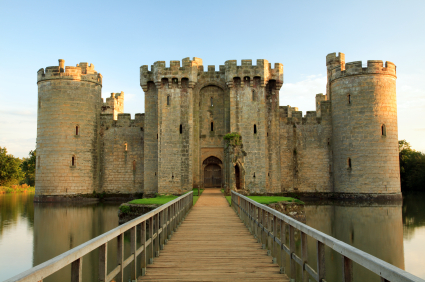Medieval
Kings of England Song
Crusader's Hymn Melody
First
were the Normans
William
the Conqueror, 1066 at the Battle of Hastings
William
the Second, Henry, then Stephen
This
is the House of Normandy
Plantagenet
is next
Henry
the Second
Richard
the Lionheart, his brother John
Henry
then Edward, Edward, and Edward
Richard
2, the House of Plantagenet
House
of Lancaster
Has
only Henry's...Four, Five, and Six
Then
on to York
Edward
4 and Edward 5, poor kid was put inside
The
Tower of London by his Uncle, Richard the Third!




